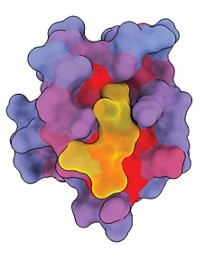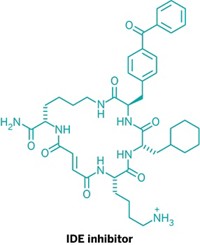Advertisement
Grab your lab coat. Let's get started
Welcome!
Welcome!
Create an account below to get 6 C&EN articles per month, receive newsletters and more - all free.
It seems this is your first time logging in online. Please enter the following information to continue.
As an ACS member you automatically get access to this site. All we need is few more details to create your reading experience.
Not you? Sign in with a different account.
Not you? Sign in with a different account.
ERROR 1
ERROR 1
ERROR 2
ERROR 2
ERROR 2
ERROR 2
ERROR 2
Password and Confirm password must match.
If you have an ACS member number, please enter it here so we can link this account to your membership. (optional)
ERROR 2
ACS values your privacy. By submitting your information, you are gaining access to C&EN and subscribing to our weekly newsletter. We use the information you provide to make your reading experience better, and we will never sell your data to third party members.
Biological Chemistry
Unearthing New Protease Substrates
Mass spectrometry helps elucidate glucose-regulating enzyme???s activity in greater detail
by Carmen Drahl
November 24, 2008
| A version of this story appeared in
Volume 86, Issue 47
With the help of mass spectrometry, scientists have discovered new substrates and reaction pathways for a biomedically important protease enzyme (Nat. Chem. Biol., DOI: 10.1038/nchembio.126). The method could be used to understand the biology of proteases that don't yet have defined roles. Roughly 2% of the human genome codes for proteases, which hydrolyze peptide bonds, but many of their roles aren't understood because it's tough to identify their substrates. A team led by Alan Saghatelian of Harvard University has found new details about dipeptidyl peptidase 4 (DPP4), an enzyme that regulates a peptide hormone that lowers blood glucose levels and is the target of several diabetes drugs. The researchers used mass spectrometry and enzyme assays to compare peptide levels in the kidneys of normal mice, mice lacking DPP4, and normal mice treated with a DPP4 inhibitor. In addition to turning up new DPP4 substrates, their results suggest that DPP4 works together with another class of enzymes, the aminopeptidases. Although none of the new DPP4 substrates has a known biological role yet, they could serve as biomarkers for monitoring DPP4 activity.







Join the conversation
Contact the reporter
Submit a Letter to the Editor for publication
Engage with us on Twitter